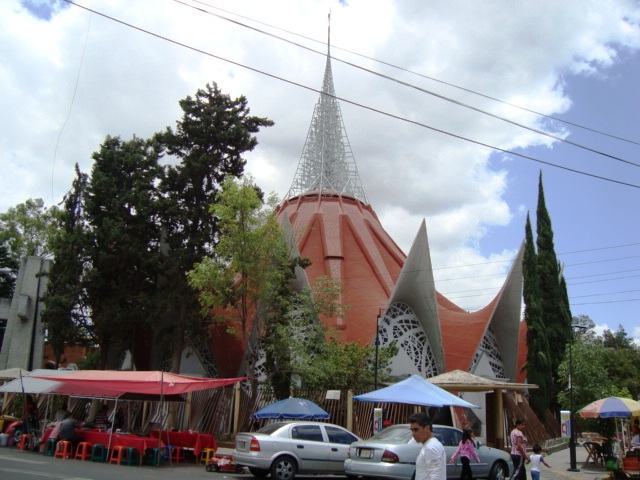
The Divino Niño Jesús Church is an extraordinary work of 20th-century religious architecture. On the edge of the Parque Cri-Cri, it’s an example of the churches built from concrete shells that became popular in the late 20th century.
On a perfectly circular floor plan, the hyperbolic paraboloids rise to 16 peaks around the perimeter. These are joined by a compression ring at the top. Above, a spire rises to the sky.
But people travel to the church for the interior. Those 16 peaks, on the inside, are lit by magnificent triangular stained glass windows. And streaming from the oculus at the top are inverted triangular windows. It’s among the best-lit of smaller churches with the entire ceiling competing with the great rose windows of the European cathedrals.
The architects were Juan Antonio Tonda Magallón and José Luis Rincón. When they began work here, the neighborhood, the Colonia Santa Cruz Meyehualco wasn’t much more than ten years old. It sprung up in the late 1950s to house some of Mexico City’s neediest people of their era. To the south is the Pueblo Santa Cruz Meyehualco, one of the original settlements of Iztapalapa.
On the edge of the park, the Divino Niño Jesús Church is just a few minutes from the important Elena Poniatowska Cultural Center. The Santa Cruz Meyehualco Market is just a little further.
Ivan San Martín Córdova, 2016, Estructura, abstracción y sacralidad, Universidad Nacional Autónoma de México
 https://www.facebook.com/Parroquia-Divino-Ni%C3%B1o-Jes%C3%BAsSanta-Cruz-Meyehualco-261484461069252
https://www.facebook.com/Parroquia-Divino-Ni%C3%B1o-Jes%C3%BAsSanta-Cruz-Meyehualco-261484461069252
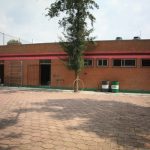
Nearest at 0.19 kms.
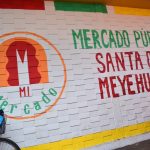
Nearest at 0.28 kms.

Nearest at 0.71 kms.
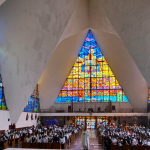
The most spectacular modernist church in the Jardín Balbuena
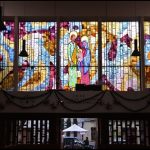
A giant Modernist church in the colonia Portales Oriente . . .
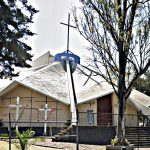
A circular modernist church on the heights over Álvaro Obregón . . .
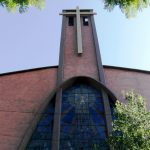
A modernist church in a giant 20th century neighborhood . . .

A modernist triumph and neighborhood church in Espartaco, Coyoacán . . .